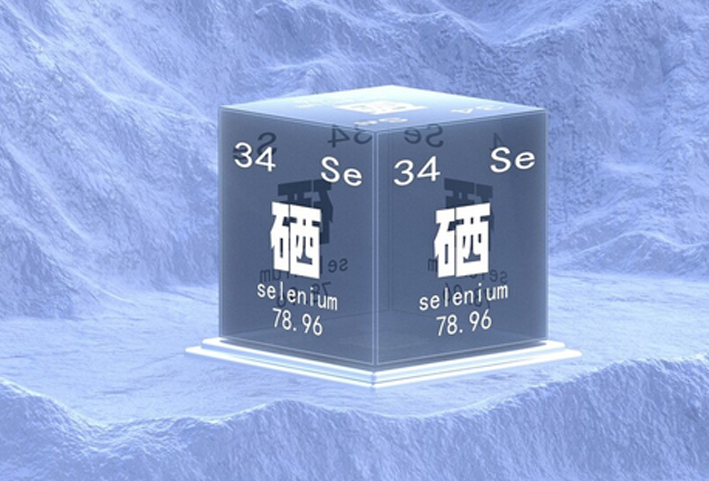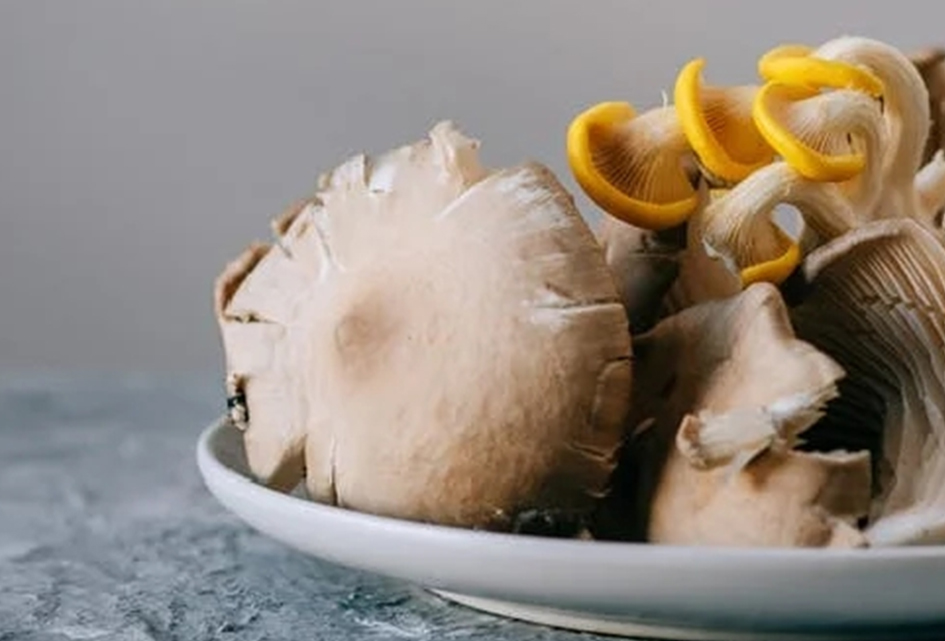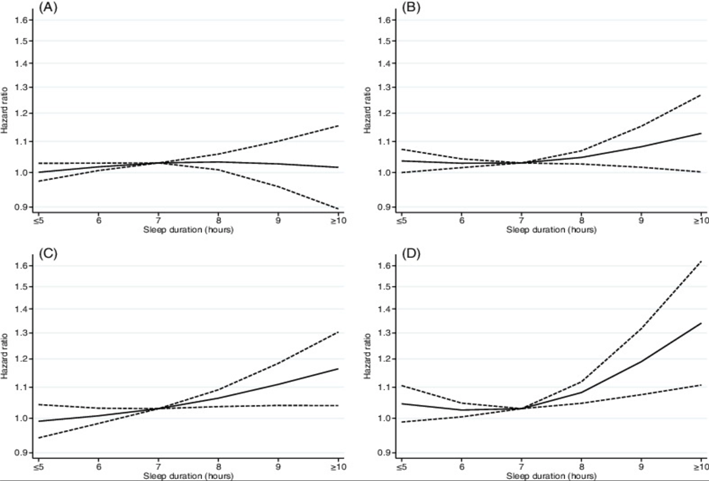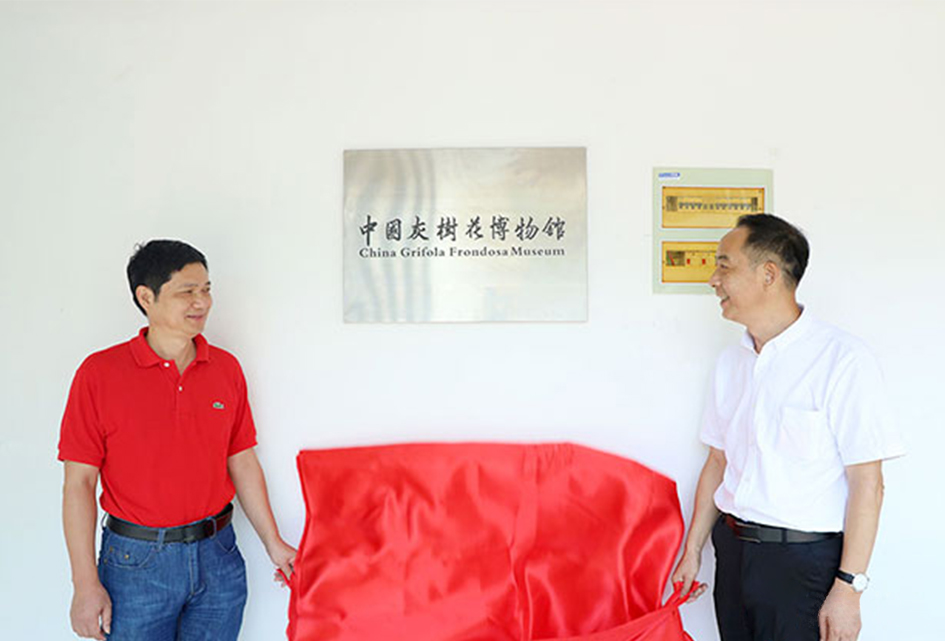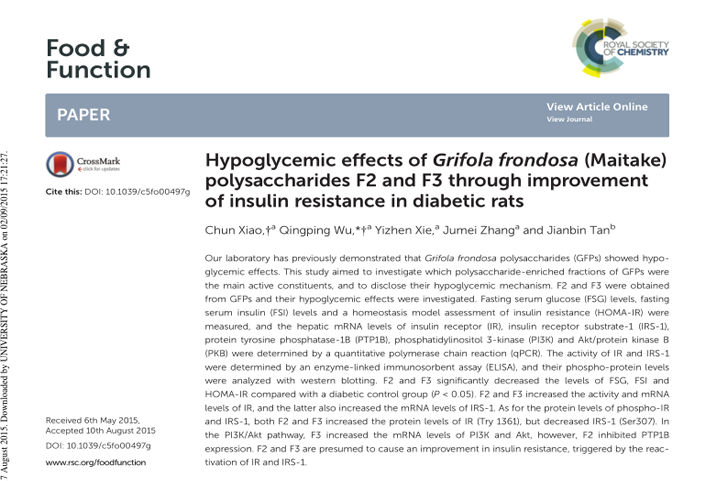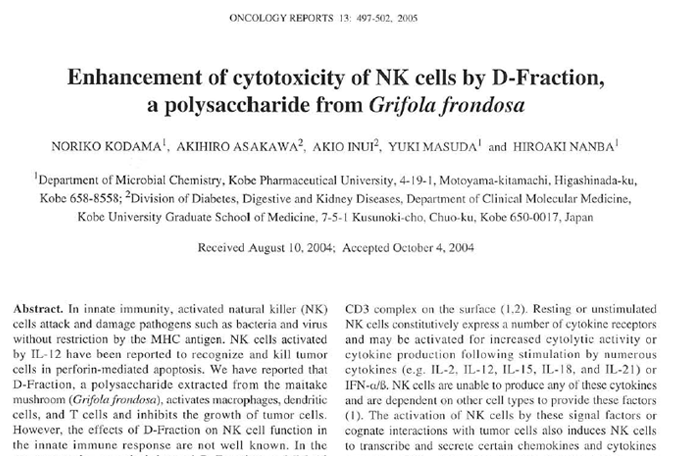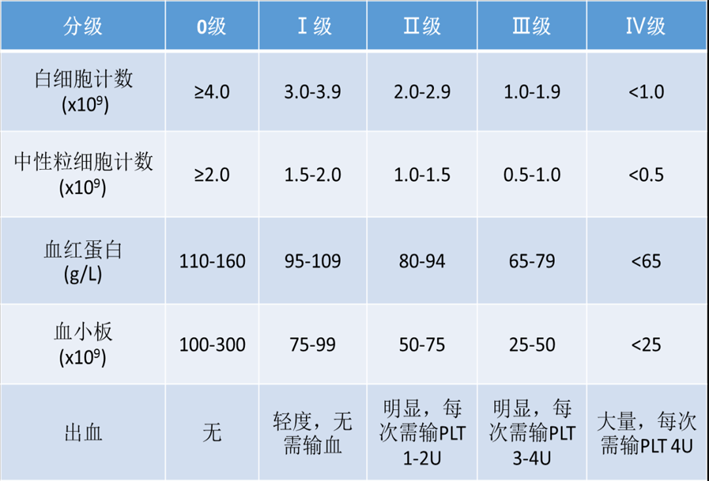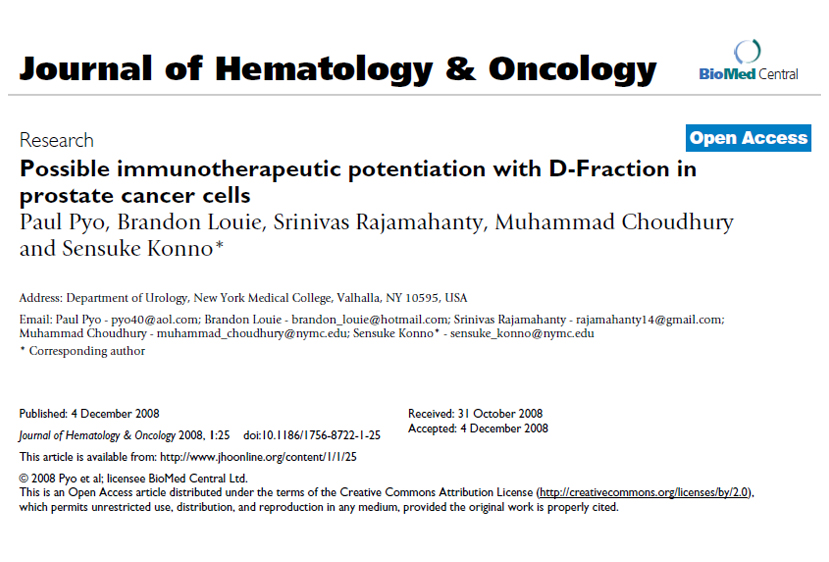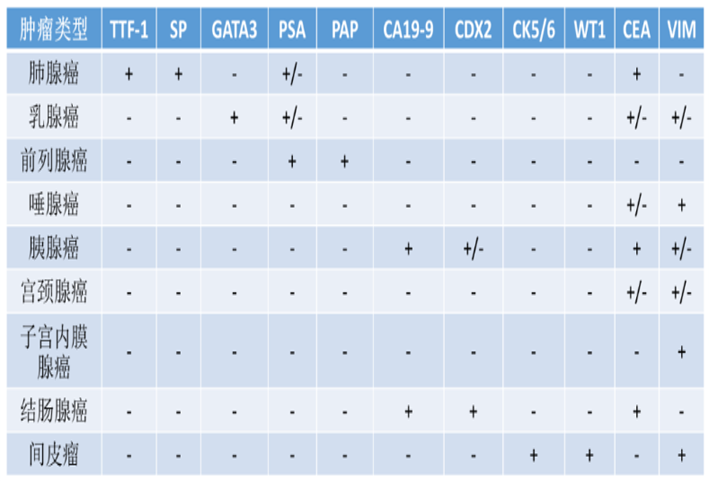Qingyuan has beautiful mountains and rivers, with a forest coverage rate of 87% and water flowing from two provinces to three rivers. It is the "source of three rivers" of Oujiang, Minjiang and Saijiang. It is a typical mountainous county with unique charm and characteristics in Southwest Zhejiang, which is suitable for living, industry and tourism. In 2004, according to satellite remote sensing data and ecological environment survey data, the national environmental monitoring station stood out from 2348 counties (cities and districts) in China and became "the first county of ecological environment in China". Its climate, winter without severe cold, summer without heat. The short frost free period and large temperature difference between day and night are most suitable for mushroom growth.
Qingyuan is the birthplace of artificial cultivation of Lentinus edodes in the world, and the history of mushroom production is comparable to that of county establishment. More than 800 years ago, Wu Sangong, a farmer in Longyan village, inherited and developed the "flower cutting method" and invented a series of mushroom processing technologies such as "mushroom shaking technique" and "baking technique", which was worshipped as "mushroom God" by local mushroom farmers. In more than 800 years, shiitake mushroom has become a traditional industry for Qingyuan farmers to survive. Its mushroom farmers have traveled in more than 200 counties and cities in 11 provinces of China, slowly composing a brilliant chapter in Qingyuan.
It can be said that the unique geographical environment and mushroom culture with a long history are the preconditions for Maitake to take root and germinate in Qingyuan.
It tastes delicious
The taste of Maitake is very delicious, comparable to Tricholoma matsutake, with a strong forest flavor, its smell, fragrance overflowing, refreshing, its meat crisp and tender, never tired of eating. I believe many friends who have eaten it will never forget its taste. It tastes like shredded chicken and crispy like magnolia, highlighting a fresh, fragrant, tender and crispy flavor.
Usually, high-grade food often only needs the simplest cooking method, which is enough to make people salivate. Therefore, when cooking Maitake, monosodium glutamate and chicken essence are very redundant.
If you like to eat the original flavor, you just need to stew it in the soup, and the room will be filled with the fragrance of mushroom that has not been scattered for a long time. After you eat it, the strong fragrance will burst out between the teeth and tongue in a moment. The cap is soft and thick, and the stipe is flexible and chewy.
Or you can add oil, fry, sprinkle salt and feel its tender meat quality. Of course, it is also an excellent way to rinse it into the hot pot. When its "petals" are full of soup, it will surprise your taste buds when it blooms in the mouth. In addition, in some cities, Maitake has been added to the bottom of Haidilao's mushroom soup pot.
In fact, all of these are inseparable from the characteristics of Maitake, which can be used in one bath and is still crisp after being cooked forever. No matter what kind of cooking method is, you can feel its tender meat immediately after you eat it. Therefore, ash tree flower is highly praised by many cooking masters at home and abroad, and has become a rare "mountain treasure" of modern family table. It is understood that it has appeared in Ma Yun's "night banquet" for many times.
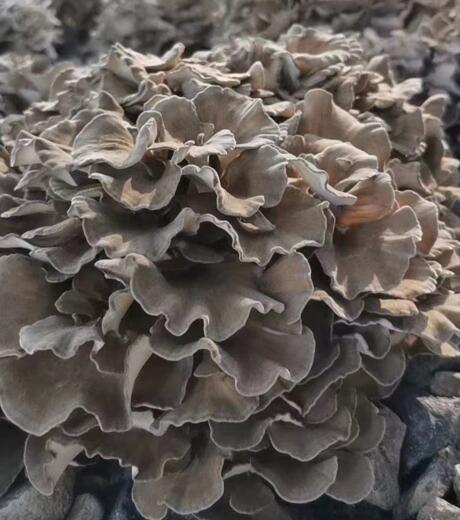
Rich in nutrition
In addition to its good taste, Maitake is as nutritious as other rare mushrooms. The protein content of Maitake is not only much higher than spinach, potato and tomato, but also higher than milk.
According to the detection of Institute of nutrition and food hygiene of Chinese Academy of Preventive Medical Sciences and quality inspection center of Ministry of agriculture, 25.2g protein is contained in 100g dried Maitake (18.68g amino acids are needed by human body, 45.5% of which are essential acids).
In addition, it is also rich in vitamins, minerals, dietary fiber and other nutrients needed by the human body, with good health care and high medicinal value. Nutritionists call it "plant meat" with high protein, low fat and low calorie.
Finally, there is a secret about Grifola that most people don't know. That is, dried Grifola may be a better choice than fresh Grifola. When dried Maitake was dehydrated, the proportion of protein increased significantly, and dietary fiber and minerals were well preserved. Compared with fresh Maitake, dried Maitake has more abundant amino acids and nucleotides during the drying process, which is more fragrant than fresh Maitake.
The frequent consumption of Maitake can not only make us enjoy full delicious food, but also improve our immunity and disease resistance, making us energetic and energetic in our daily work and life.
Production is scarce
Maitake is a mesophilic, aerobic and photophilic wood rot fungus. It grows on the stumps or roots of Quercus, Castanea mollissima, Castanopsis fargesii, Cyclobalanopsis glauca and other Fagaceae Species and broad-leaved trees in summer and autumn, causing white rot of heartwood. Xylem becomes the main nutrient source of Maitake. The occurrence of Maitake is better only when the altitude is above 800 meters and the daily precipitation is 200 mm.
Although there are mature cultivation techniques now, Maitake still has very strict requirements for temperature, oxygen, light and so on at different growth stages, so it is almost impossible to form a large-area planting in the market.

Up to now, only Qingyuan County, the first county of ecological environment in China, has formed large-scale production in planting and cultivation. Qingyuan County, as the first place to introduce and domesticate Maitake, has the longest cultivation history in China. After more than 30 years of ups and downs and the hard work of countless people, the flourishing age of Qingyuan grey tree flower has been created. Even if the mushroom farmers in other areas are very envious of Maitake, they have never had a long history of mushroom culture and unique geographical environment in Qingyuan.
At the same time, the annual cultivation of Maitake has only two harvests a year. For many years, the first inoculation time of Maitake in Qingyuan was from November to December of the previous year, the time of fruiting was from late March to April of each year, the second inoculation time was in August, the time of fruiting was from October of each year, and from June to September, the time of fruiting was long and the planting was difficult, which further made it difficult for Maitake to go out of Qingyuan.
Therefore, we should be more fortunate that such a precious Maitake can find a soil for rooting and germination in China.
Around April and October every year, ash trees and flowers are in clusters, competing to bloom. The busy figures of mushroom farmers are interwoven in the clusters of ash trees and flowers, which are like chrysanthemums. The scene of harvest and busy constitutes a beautiful landscape in the vast land of Qingyuan.
Qingyuan is the largest production base of Maitake, accounting for 90% of China's total production. In 2009, Huangtian town in Qingyuan was officially awarded the honorary title of "hometown of grey trees and flowers in China" by China Edible Fungi Association. In 2014, Qingyuan agricultural products obtained the "Maitake" certification.
(Pictures from qingyuan.com)



